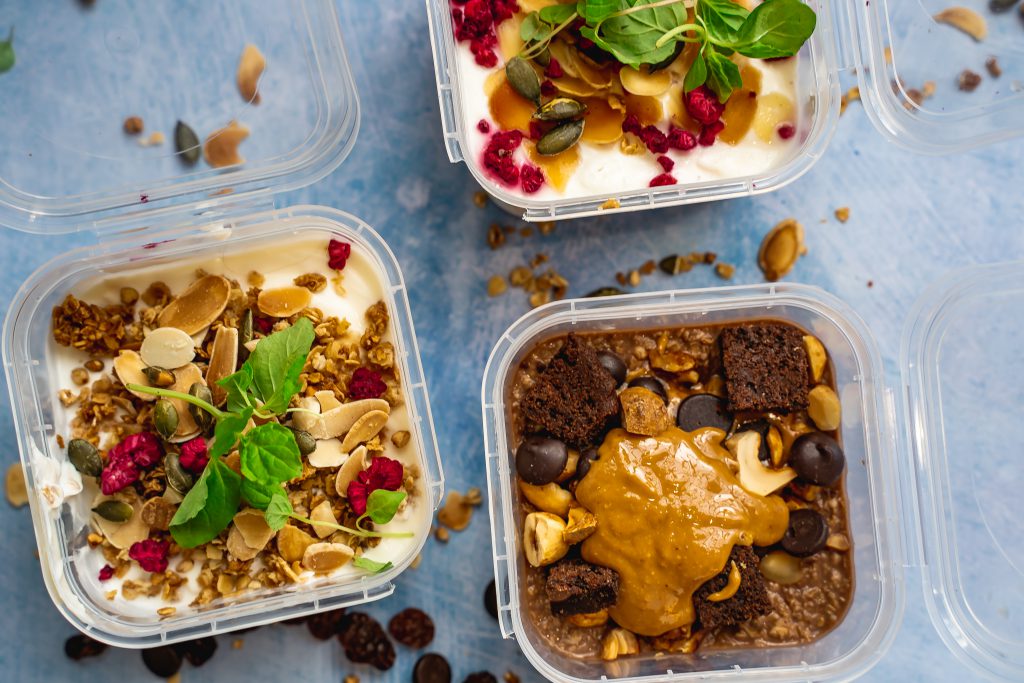Should we label food with the exercise needed to burn off calories?

Food labelling is important for various reasons. It helps consumers obtain knowledge about storage, preparation and cooking information, but it can also help us to make informed health-related food choices.
Food labels are a legal requirement and have to include certain information, such as the number of calories and grams of fat contained within the product. As it turns out, many people do not know what these measures mean or how to interpret them.
Researchers from Loughborough University carried out a study to see if eating behaviours change when the Physical activity calorie equivalent (PACE) is added on the labels.
PACE food labelling aims to provide the public with information about the amount of physical activity required to expend the number of kilocalories consumed in food and drinks, to encourage healthier food choices and reduce disease, e.g. ‘the calories in this pizza require 45 min of running to burn’.
What do FFF Nutritionists think about this?
No doubt, it’s a good thing to think about ways we can make food labels easier to understand for the wider public so that people can make better food choices.
The calorie content is helpful, however, calories on their own don’t indicate whether it’s healthy or not. For example, for 250 kcal you can eat a doughnut or an avocado.
Avocados are a great source of vitamins and contain healthy fats whereas doughnuts are full of refined sugar and saturated fats.
Furthermore, the amount of calories people use by doing a certain physical activity varies depending on a range of personal factors like gender, age and bodyweight, and on top of that, the more vigorously you do an activity, the more calories you burn. We can do exercise at different intensities. For example, running at a faster pace or running up-hill will burn more calories than running slowly on flat ground.
We therefore question how accurate and relevant information of the PACE labelling would be for everyone.
For some people it might also encourage an unhealthy relationship with food. It might create an obsession with food and exercise which can lead to eating disorders. Eating needs to be enjoyable as well as healthy.
The PACE labelling strategy has definitely been created with good intentions. The public should be better informed about food labelling, calorie control and exercise for weight management. It would be interesting to see if, over time, more research in this field can help develop this ideology into one that is easy understandable for all in a healthy and educative way!
- Rethinking Happy Hour: The Science Behind Alcohol and Health - January 23, 2025
- The Truth About Carbs: Breaking Down the Science Behind This Vital Nutrient - January 15, 2025
- Detoxing vs. Nourishing: The Science of Post-Holiday Resets - January 3, 2025